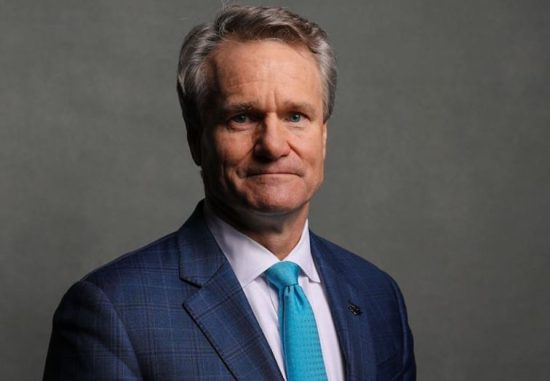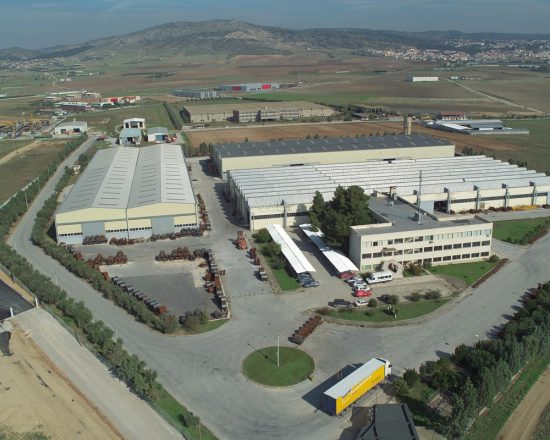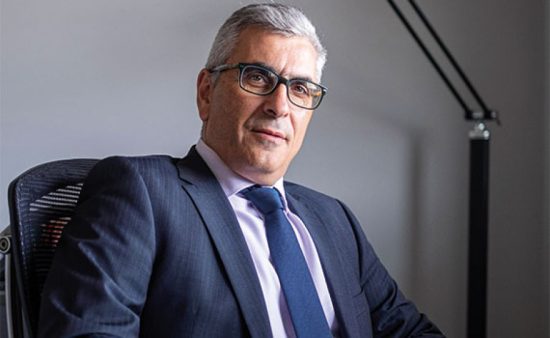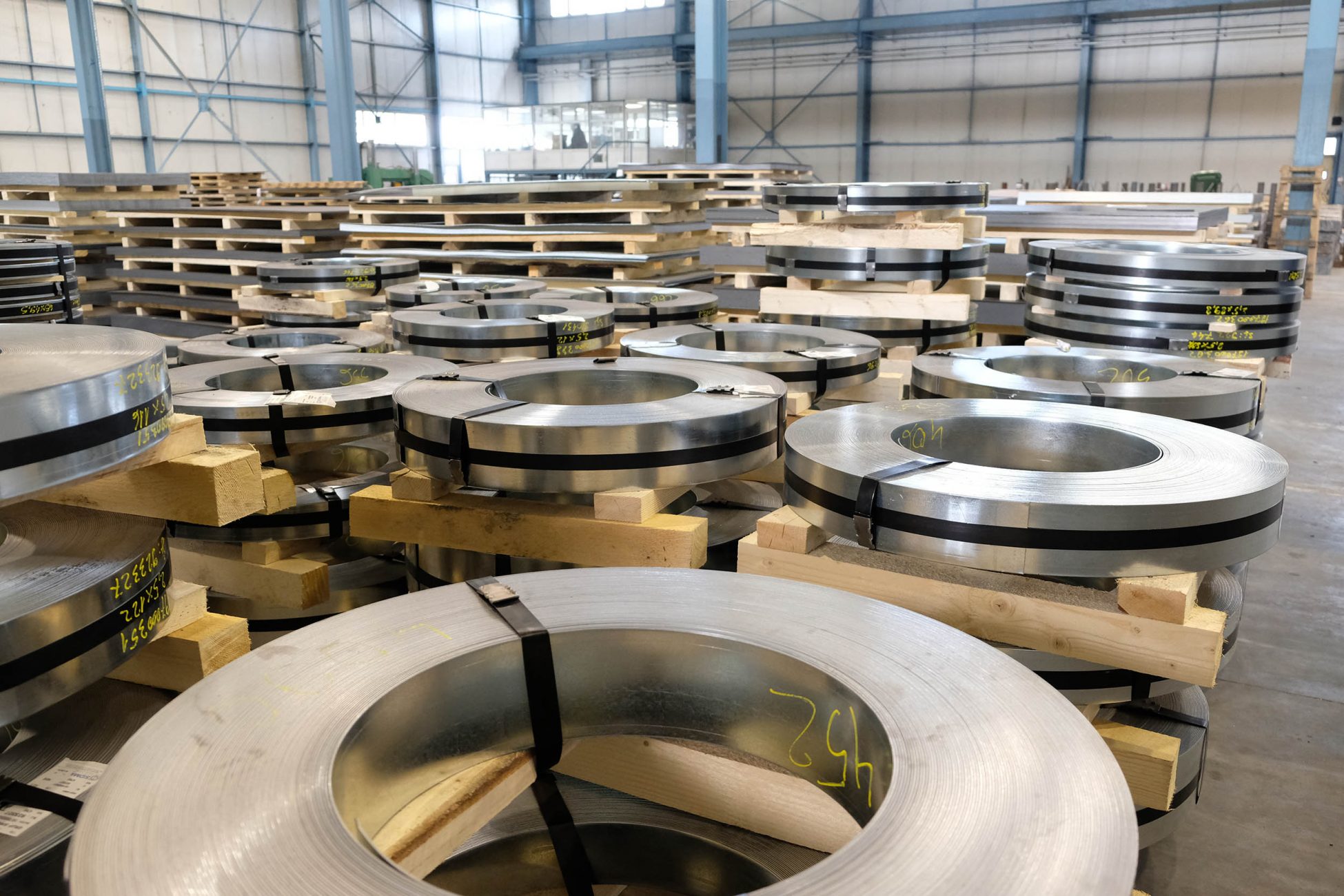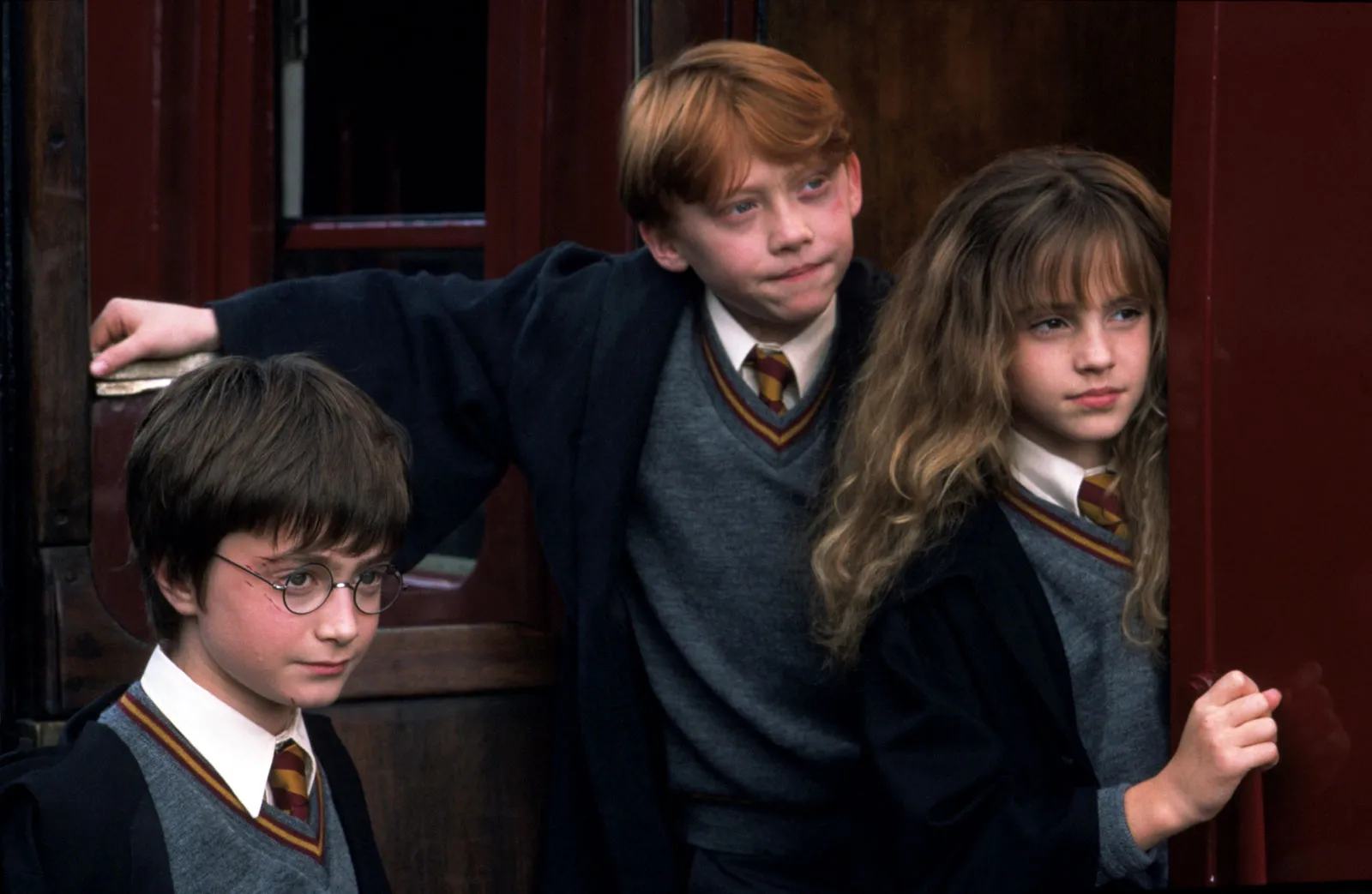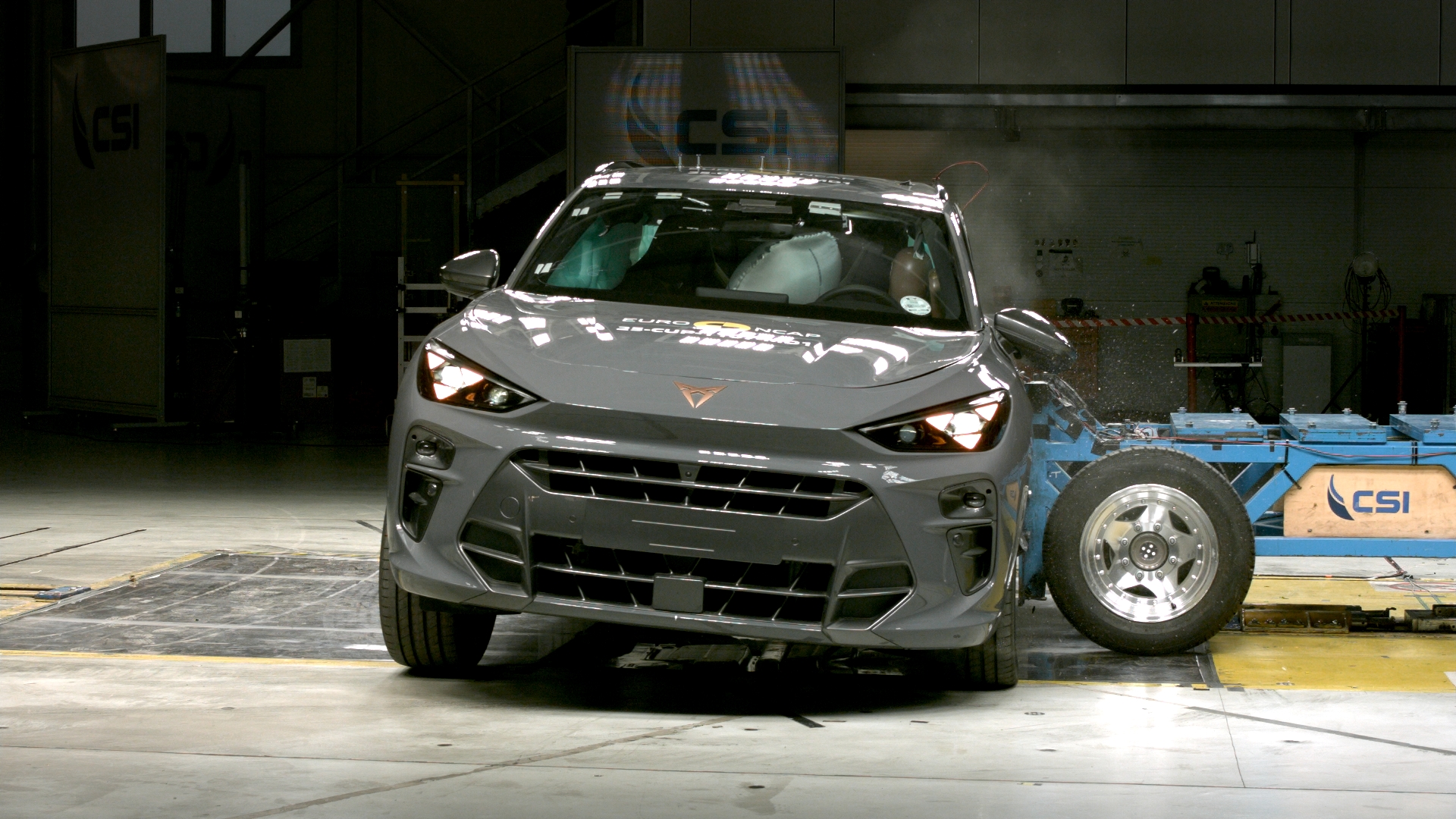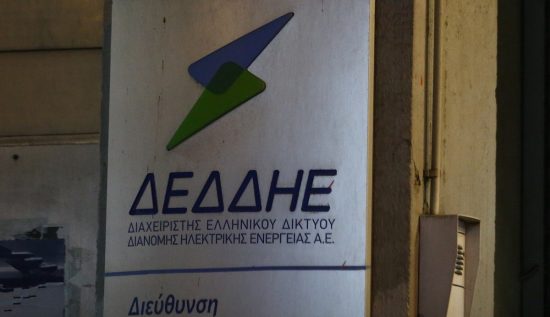ΣΧΕΤΙΚΑ ΑΡΘΡΑ
More specifically, the consolidated turnover of SIDMA METALLURGIKI Group, in the first half of the year, amounted at € 145.7 million or 36.9% higher compared to the corresponding period of 2021, while including the agency sales it amounted at € 173.0 million from € 130.3 million, increasing by 32.8% compared to last year.
The above increases are mainly due to the average sales price, as it increased by 32.7% compared to the same period last year, with a corresponding increase in turnover. The profits before interest, taxes, depreciation, and amortization (EBITDA) amounted to € 16,475 thousand from € 19,127 thousand last year, while the profits before taxes amounted to € 13,986 thousand from € 28,290 thousand in the corresponding period last year. The difference in amounts before tax is mainly due to the accounting treatment of the refinancing of the Company’s loan liabilities in the corresponding period last year, which consisted in presenting the Company’s loan liabilities at their fair value, resulting in an increase of € 13.4 million in profit. Excluding this item, the difference compared to last year amounts to € 900 thousand and results from the decrease in gross profit by € 2,735 thousand or 12%.
At a Company level, net sales in the first half of the year amounted to € 94.2 million from € 70.6 million, an increase of 33.6%, while including the agency sales, amounted to € 121.6 million from € 94.4 million in the corresponding period of 2021, an increase of 28.8%. As at Group level, the largest percentage of the increase is due to the increase in sales prices, as mentioned above. The profits before interest, taxes, depreciation and amortization (EBITDA) amounted to € 11.8 million, up from € 14.3 million in the same period last year, while earnings before taxes amounted to € 9.8 million, down from € 24.2 million in the corresponding period last year for the reasons mentioned above. Of the difference of € 14.5 million, € 13.4 million relates to the fair value presentation of the company’s loan liabilities in the corresponding period last year.
As for the subsidiaries, both SIDMA Bulgaria and SIDMA Romania reported an increase in turnover of 38.6% and 50.1% respectively, compared to the first half of 2021. Specifically, SIDMA Bulgaria’s turnover amounted to € 30.4 million compared to € 21.9 million and SIDMA Romania’s to € 21.7 million compared to € 14.5 million in the first half of 2021.
Regarding the rest of the subsidiaries’ figures, SIDMA Bulgaria reported an increase in both operating profitability (EBITDA), from € 2,627 thousand last year to € 2,867 thousand this year, and profit before taxes, from € 2,375 thousand last year to € 2,576 thousand the present year.
SIDMA Romania at EBITDA level showed profitability of € 1,865 thousand from € 2,235 thousand last year, while profit before taxes amounted to € 1,667 thousand from € 1,682 thousand last year, thus remaining at the same level. The difference in operating profitability compared to last year is due to the equal decrease in gross profit, while the maintenance of profitability at the pre-tax level is due to the reduction in financial costs, as a result of the restructuring of the subsidiary’s loans.
The Group’s liquidity amounted to € 8.7 million.
Finally, it is noted that as of 30/06/2022, the Company’s financial capital structure indicators and the ability to serve the loans, were formulated as follows:
- Net debt to equity ratio = 1.9
- Interest Coverage Ratio (EBITDA/Net Interest) = 7.7
Macroeconomic Environment during the first half of the year.
In the first two months of the year, the international steel market continued to enjoy conditions of increased demand and higher prices due to the recovery of the global economy. Russia’s invasion of Ukraine and the economic sanctions that followed created turmoil on the supply side, given that both countries are significant exporters of both raw materials for the steel industry and intermediate and finished steel products. At the same time, the soaring gas and electricity prices have led to a significant increase in the production costs of steel mills. The result of the combination of these two factors was a sharp and significant rise in prices, which in March reached the highest nominal levels in history. Since mid-April onwards, the demand restraint caused by the uncertainty and the upward trend in interest rates has outweighed the impact of the problems on the supply side, and prices, having returned to pre-March levels, have started to drop despite increased production costs.
Perspectives for the remainder of 2022
The global macroeconomic environment is highly challenging, mainly due to the ongoing war in Ukraine and the significant inflationary pressures sustained and intensified by the war-induced energy crisis. The rise in interest rates by Central Banks with a view to tame inflation and the high level of uncertainty are limiting consumption and investment. As a result of the above, analysts’ estimates of an impending recession in the coming period and until inflation decelerates and private consumption accelerates.
Nevertheless, local economic activity is, currently, in a better position due to the positive tourist season and the supporting packages that Greece is expected to receive from the European Union. The backlog of the major construction groups amounts to 10 billion euros and the growth prospects of the Greek economy according to the European Commission’s summer estimate (17/07/2022) are promising, predicting a GDP growth of 4.0% for this year.
In addition, Romania’s economy performed strongly in the first quarter of the present year, according to the same European Commission report. Real GDP grew by 5.2% from the previous quarter, supported mainly by private consumption and investment, while net exports contributed negatively. However, for the year, growth is limited to 3.9% as both positive and negative factors interact.
Likewise, in Bulgaria, in the first quarter of 2022, GDP grew by 0.8% on a quarterly basis, driven by private consumption growth supported by favourable labour market conditions and a sharp increase in private sector wages at the beginning of the year, according to the European Commission’s summer report (European Commission, July 2022). Overall, the real GDP is expected to grow by 2.8% in 2022 and by 2.3% in 2023.
Regarding the European steel market, the severe global supply chain disruptions, rising energy prices and production costs along with the impact of the war in Ukraine are expected to further negatively affect the apparent consumption in 2022. As Eurofer, the European Steel Association, states in its latest report in August 2022, steel consumption is expected to experience its third annual decline in the last four years, albeit modest (-1.7%). The apparent consumption is projected to recover in 2023 (+5.6%), but the overall evolution of demand is subject to high uncertainty, which is expected to last at least until the first quarter of 2023, given the unpredictable developments in the Russia-Ukraine war and its impact on the global supply chains.
The company does not overlook the strong uncertainty factors, which make forecasting difficult. In the basic scenario of the economic developments, however, evaluating the risks, it estimates that the operation and its results will not be significantly affected. Demand shows resilience while price developments do not appear to be able to further influence the decrease of profit margins. The increase in interest rates will, of course, financially burden both the company and the Group as it will increase interest payments.
In this fluid environment, SIDMA STEEL remains focused on its goal of sustainable growth and continuous strengthening of its turnover while maintaining its profitability.
